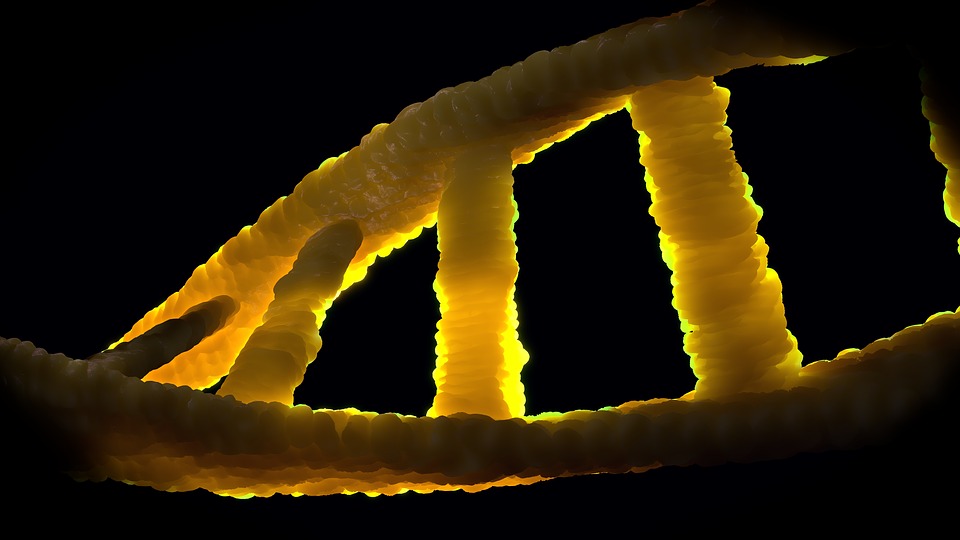
In this video, I discuss my experiences living with both autism and ADHD, focusing on my inner perspective. While ADHD and autism share many similarities, they also have conflicting traits, which can make it challenging to navigate at times.

In this video, I discuss my experiences living with both autism and ADHD, focusing on my inner perspective. While ADHD and autism share many similarities, they also have conflicting traits, which can make it challenging to navigate at times.

63 Common Autistic Traits You May Not Realize Are Signs of AutismHave you ever wondered if you might be autistic? Understanding autism can be challenging, but knowing individuals on the spectrum can reveal common patterns. How many of the 63 traits related to autism resonate with you? You might have heard comments like, “How can someone so clever be so silly?” or felt like you’re too much or not enough in certain situations.In this video, we’ll explore what it means to be autistic and how it can look different for everyone. While each trait is common on its own, patterns often emerge when autistic people connect, making social activities an excellent way to learn from each other.

Researchers at Tel Aviv University have made a groundbreaking discovery that could change our understanding of genetic mutations and their impact on brain development. The study reveals that not all genetic mutations are detrimental; some may protect against developmental conditions.
Under the leadership of Professor Illana Gozes, Director of The Elton Laboratory for Molecular Neuroendocrinology, the research team discovered a protective inherited mutation in the Activity-Dependent Neuroprotective Protein (ADNP) gene. This finding challenges the conventional belief that mutations in the ADNP gene always result in developmental difficulties. .
“I was struck by how this particular mutation enhanced certain protein interactions, potentially offering protection against developmental disorders,” explains Dr. Gozes. “This discovery opens up entirely new perspectives on how we view genetic variations and their impact on brain development.”
The study focused on a unique case where a mother carrying an ADNP mutation showed above-average adaptive behaviour. In contrast, her child, inheriting this protective mutation and a second variant, demonstrated better outcomes than in similar cases.
Key findings include:
• The protective mutation (ADNP_Glu931Glyfs*12) creates an additional protein interaction site
• This enhancement leads to stronger cellular connections and improved protein function
• The discovery suggests potential new therapeutic approaches for neurodevelopmental disorders
This finding is particularly intriguing because it might influence our approach to genetic therapy. Could other seemingly harmful mutations harbour unexpected benefits? How might this knowledge be applied to develop more effective treatments?
Dr Shula Shazman, a study co-author, notes that their computational modelling revealed how this protective mutation strengthens crucial cellular processes. This insight raises interesting questions about the potential for identifying similar protective mutations in other genes associated with neurodevelopmental disorders.
The research has immediate implications for understanding and treating ADNP syndrome, a rare genetic condition affecting brain development. More broadly, it challenges us to reconsider our assumptions about genetic mutations in neurodevelopmental disorders.
The study employed advanced computational modeling alongside clinical observations, led by the psychiatrist, Prof. Joseph Levine. The results demonstrated how modern bioinformatics can reveal unexpected benefits in genetic variations previously considered purely detrimental.
Looking ahead, this research opens several compelling avenues for further investigation: How common are protective mutations in other neurological conditions? Could this discovery lead to new therapeutic strategies for related disorders?

Environmental exposure to air pollutants during critical developmental periods may significantly impact autism risk, according to a groundbreaking Emerging Topic review published in Brain Medicine on 12 November 2024. The study reveals how common air pollutants, including fine particulate matter and nitrogen oxides, can trigger complex biological cascades affecting brain development.
“Various neurological disorders, including autism spectrum disorder, can be linked to this environmental factor,” explains Professor Haitham Amal from the Hebrew University of Jerusalem, who is the senior author of the study. “The timing of exposure is critical, as there is a heightened vulnerability during prenatal development and early childhood when essential neurodevelopmental processes occur.”
The review identifies several critical pathways through which air pollutants may influence autism development:
• Nitrosative stress orchestrated by nitric oxide (NO)
• Neuroinflammation and oxidative stress
• Disruption of neurotransmitter systems
• Epigenetic modifications
• Endocrine system interference
• Metabolic pathway dysregulation
Of particular concern is the finding that smaller particles, especially PM2.5 and NO products, can cross the placenta and affect fetal brain development. This revelation raises important questions about protective measures for pregnant women in highly polluted areas.
“The research suggests that individuals with genetic predisposition to ASD may be more vulnerable to the harmful effects of air pollution exposure,” Professor Amal notes. “This interaction between genetic and environmental factors opens new avenues for understanding ASD’s complex aetiology.”
“My lab has shown that NO plays a major role in autism. However, this study emphasizes the critical role of this molecule and its derivatives on the brain,” Prof. Amal comments.
The review, first authored by PhD student Shashank Ojha, also highlights promising directions for biomarker development, potentially enabling early identification of at-risk individuals. These findings arrive at a crucial time, as global autism prevalence reaches 1-1.5% of the population.
The implications extend beyond individual health to public policy. How might cities need to adapt their urban planning to protect vulnerable populations? What role could air quality monitoring play in prenatal care? These questions become increasingly urgent as urbanization continues worldwide.
Haitham Amal and his dedicated team at their lab in Jerusalem. Credit Haitham Amal, BScPharm, PhD
The complex relationship between nitric oxide and brain-related conditions is the focal point of the latest interview featured in Genomic Press, published on November 12, 2024, in *Brain Medicine*. Professor Haitham Amal, the head of the Laboratory of Neuromics, Cell Signaling, and Translational Medicine at the Hebrew University of Jerusalem, discusses his groundbreaking research and the personal motivations that drive him.
“During my time at MIT, meeting families and autistic children inspired me to focus on a single goal: to help develop biological diagnostics and autism therapy, ” says Professor Amal. This transformative experience shaped his research trajectory, leading to significant discoveries about the role of nitric oxide in neurological conditions. Professor Amal was the first to identify that nitric oxide (NO) plays a crucial role in autism.
Professor Amal’s innovative study of brain conditions integrates proteomics and systems biology. His research has revealed critical connections between autism and Alzheimer’s disease, indicating shared molecular mechanisms that could transform treatment strategies for both conditions.
“As a pharmacologist and neuroscientist, my specialized knowledge of how drugs affect the brain is crucial for my goal of developing treatments for neurological disorders,” explains Professor Amal. His work has already resulted in founding two biotechnology companies: Point6 Bio Ltd, which focuses on diagnostics for autism, and NeuroNOS Ltd, dedicated to developing therapeutics based on nitric oxide synthase inhibitors for autism, Alzheimer’s disease, and brain cancers.
The interview raises intriguing questions about the future of neurological treatment:
• Could targeting nitric oxide pathways provide a unified approach to treating neurodevelopmental and neurodegenerative disorders?
• How might early biological diagnostics transform autism intervention strategies?
• What role will personalized medicine play in addressing individual variations in brain disorders?
Professor Amal’s journey from studying cannabis’s effects on cognition to becoming a leading figure in neurological research demonstrates the unexpected paths that can lead to scientific breakthroughs. His commitment to conducting experiments on both sexes equally and interest in ageing mechanisms suggests a comprehensive approach to brain research that could yield additional insights.